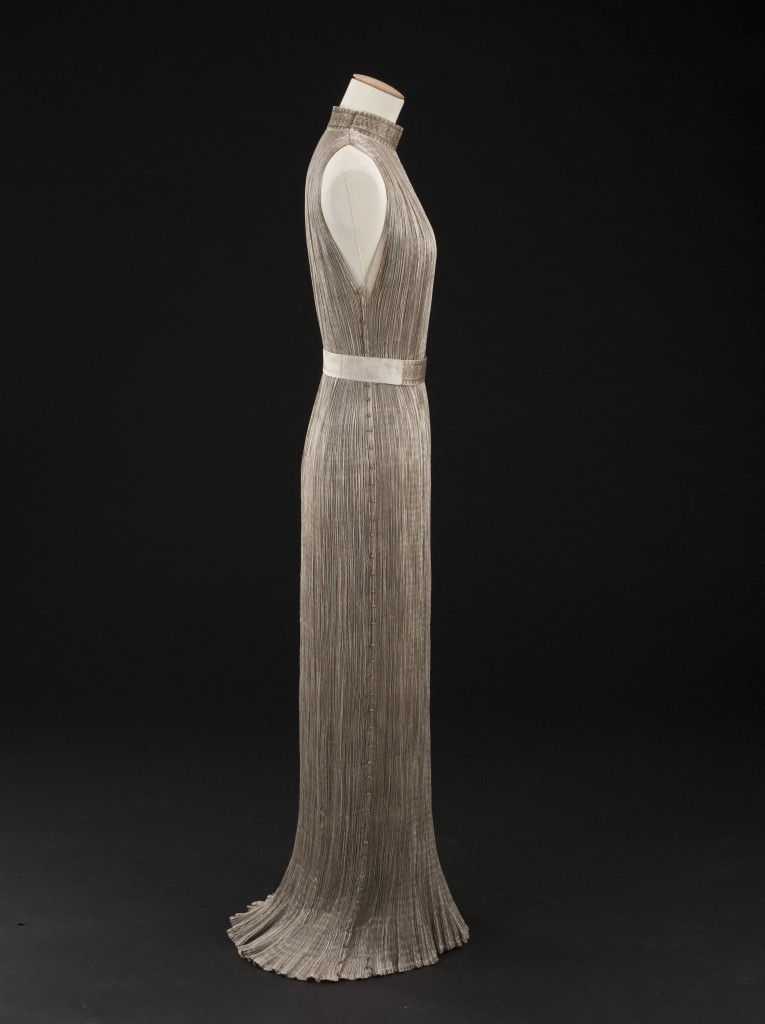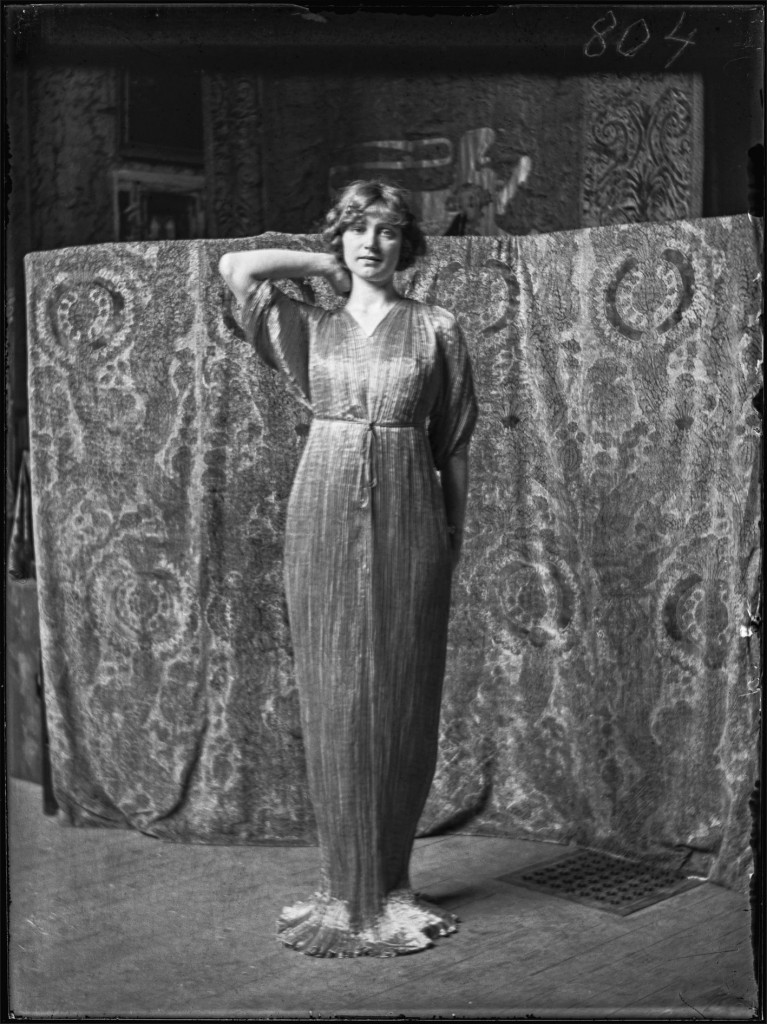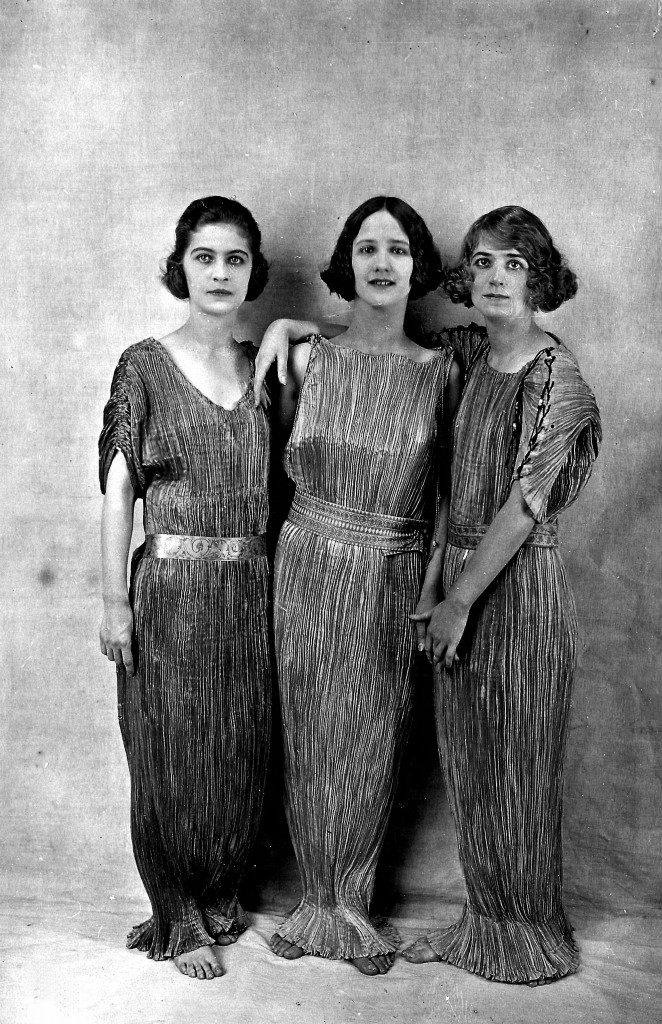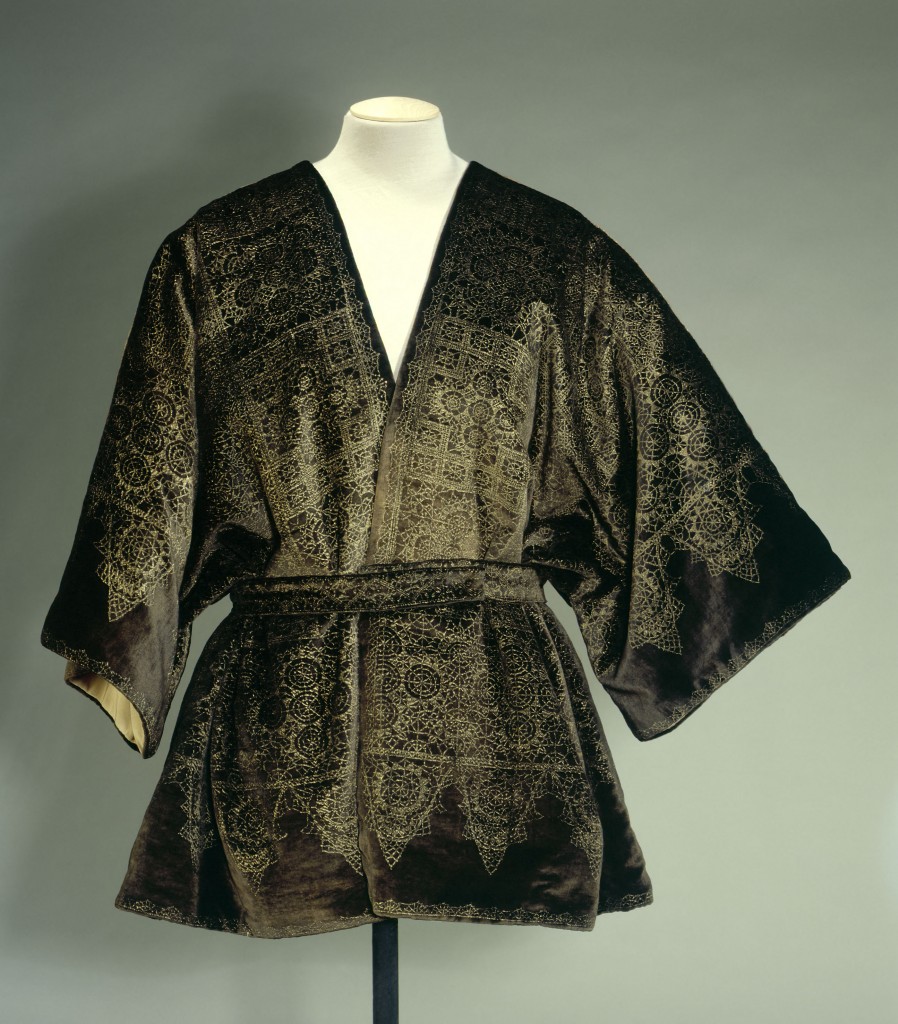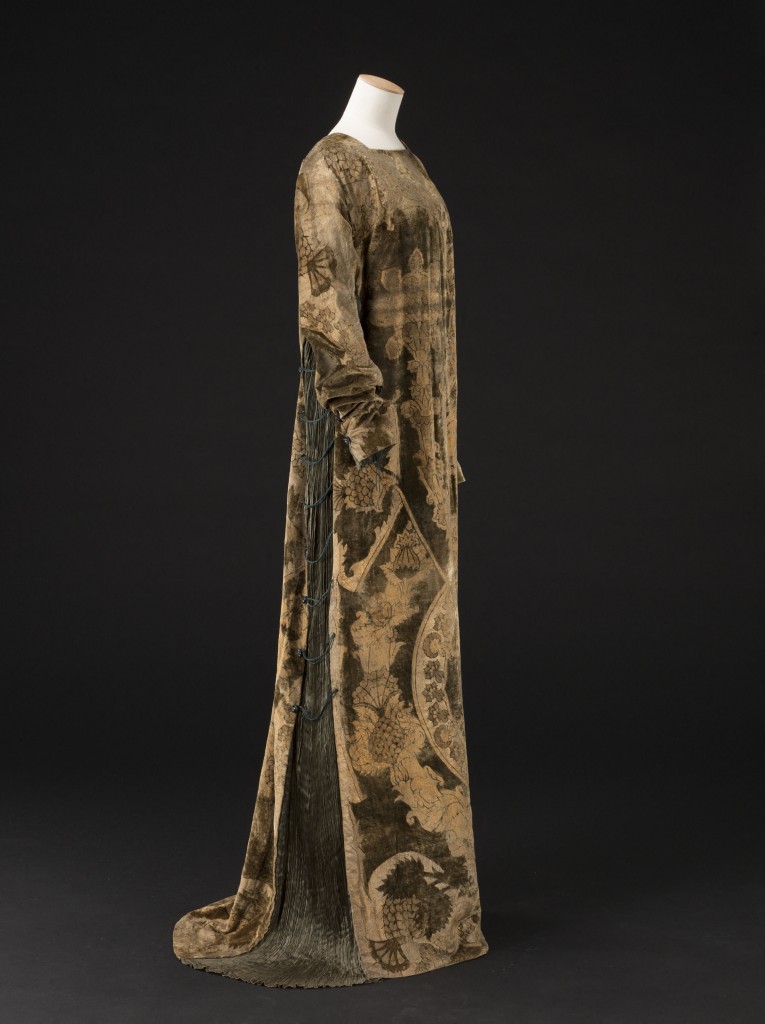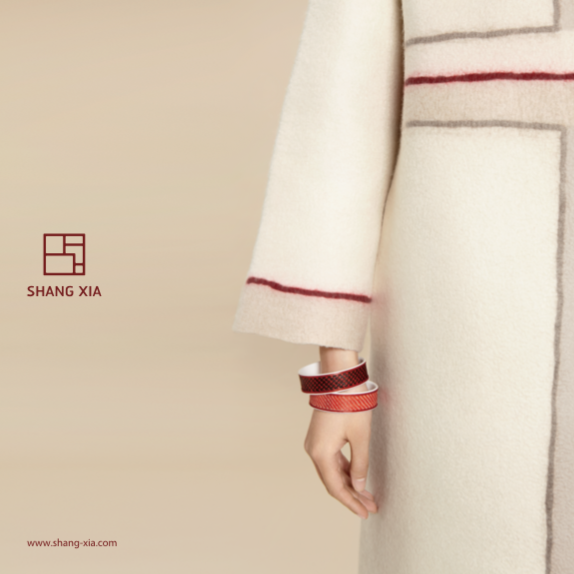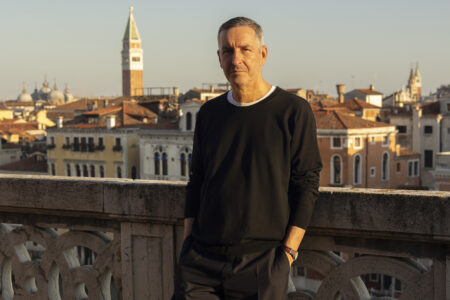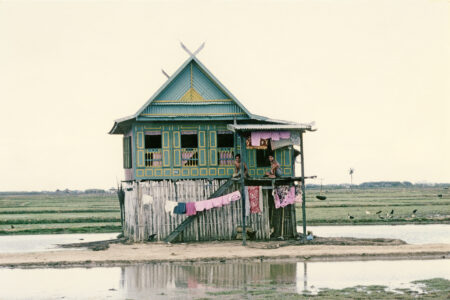Mariano Fortuny: La Serenissima Has Its Pleats
The Palais Galliera in Paris closes its Spanish Season with the retrospective ‘Fortuny, A Spaniard in Venice’
If you’re in Paris before January 7, this is your last chance to visit an eclectic retrospective: Fortuny, A Spaniard in Venice, which closes the Palais Galliera’s Spanish Season.
The season opened with Balenciaga, l’œuvre au noir (Balenciaga, Working in Black) at the Musée Bourdelle, followed by Costumes espagnols, entre ombre et lumière (Spanish Costumes: Between Darkness and Light) at the Maison de Victor Hugo and Fortuny at the Palais Galliera.
Born Spanish and Venetian by adoption, Mariano Fortuny y Madrazo (1871-1949) started his career as a painter like his father, Mariono Fortuny y Marsal (1838-1874). Shortly after, he begun his creative research and explorations as a textile designer, an inventor of inflatable constructions, a theatre and opera scenographer, a costume designer, a photographer, a furniture and lighting designer and even more. He settled in Venice in 1888 and his name was thus indelibly associated with the city.
The Palais Galliera – the City of Paris Fashion Museum hosts this the work of this visionary creator, famous for his fine pleats inspired by the Greek antiquity, especially the Minoan culture. Devoted to his extraordinary work, this retrospective brings together over one hundred pieces from the Galliera collection, Madrid’s Fashion Museum the Museo del Traje and the Museo Fortuny in Venice. It retraces Fortuny’s destiny as a man of eclectic tastes, a dreamer, a photographer, a designer from furniture to light, from the Venetian life to the stage.
The diversity of Fortuny’s inspirations, travels in time, from the West to the East, reveals a sense of high fashion and modernity. In 1906, he turned his attentions to fabrics, with his “Knossos scarf” made of silk, printed with motifs inspired by Kamares pottery from the Minoan period. His dress designs liberated the female form and even inspired later Paul Poiret and Issey Miyake with his Pleats Please. Fortuny reinterpreted the prints and patterns of the Ancient Greece, the Middle Ages and the Renaissance until Japonisme, and he created timeless, unwaisted pieces with soft, straight-hanging lines. The plain silk of his Delphos dresses that he firstly designed in 1909 is certainly the quintessence of his inventiveness and illustrates his originality: combining the glass beads from Murano to the most elegant and wealthy fabrics. Entirely made in Venice, the finely pleated plain silk can be rolled up into a ball and it still maintain all its flowing lines when unrolled and can therefore be sent to an international clientele.
Marcel Proust talks about Fortuny in his novel Remembrance of Things Past when the painter Elstir tells to Albertine: “But I hear that a Venetian artist, called Fortuny, has recovered the secret of the craft, and that before many years have passed women will be able to walk abroad, and better still to sit at home in brocades as sumptuous as those that Venice adorned, for her patrician daughters, with patterns brought from the Orient.” Legendary women who were sensitive to his magnificent pieces, which captured the subtle reflections of light, are associated to Fortuny –among them are Countess Greffulhe and her daughter Élaine, Eleonora Duse, Ellen Terry and Oona Chaplin. All of them were fascinated by the ‘maestro’ and his researched prints made from metallic powders on silk velvet, with their Byzantine, Japanese and Persian influences.
Fortuny’s shimmering world is prolific and highly contemplative. The women are getting rid of their corsets, they are wearing the Delphos dresses like goddesses. The female forms are suddenly liberated, the ultimate luxury being comfort and timeless elegance and beauty.
Fortuny, A Spaniard in Venice is at the Palais Galliera – Fashion Museum, Paris, until January 7, 2018
Curated by Sophie Grossiord, curator at the Palais Galliera, assisted by Christian Gros
